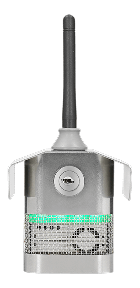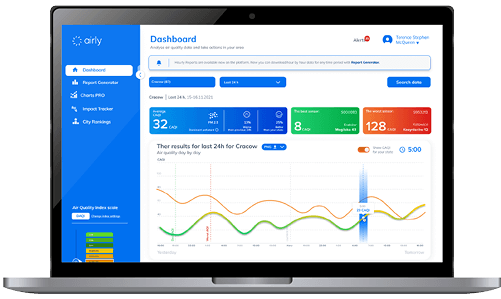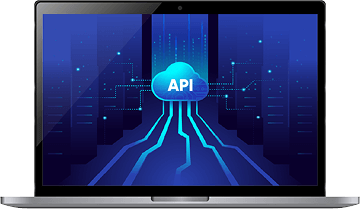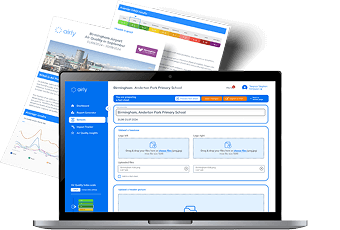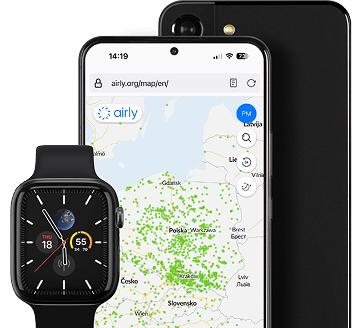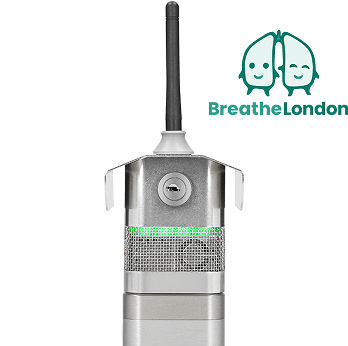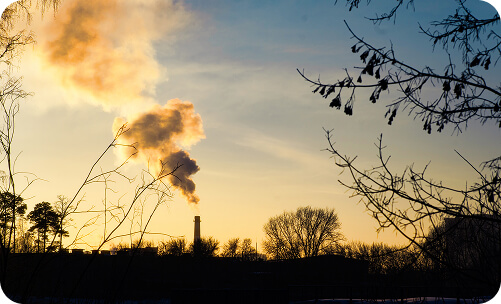
Environmental Consultancy
Empowering environmental experts with actionable air quality data
Airly supports air quality consultants and researchers with accurate, localised air quality data to back environmental reports, impact studies, and public assessments.




Today’s consultancy reality
Consultants must deliver evidence-based reports to support clients in real estate, urban development, and policy - often under tight deadlines and data constraints.
Tailored solutions
Short- and long-term monitoring
Deploy small, compact sensors for targeted measurement campaigns or continuous monitoring to support regulatory or planning needs.

Airly Data Platform for in-depth analysis
Generate graphs, analyse data and generate exceedances report with Airly Data Platform - ideal for traffic studies, industrial impact zones, or zoning changes.

Client-ready visuals and summaries
Download Fact Sheets, interactive graphs, and clean visual outputs for faster inclusion in client presentations and stakeholder reports.
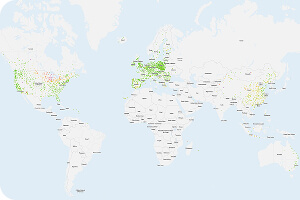
Expert support for complex projects
Work with Airly on custom deployments, public tenders, and integration with larger environmental or smart city initiatives.

Our solutions
Impact for consultants and clients
Save time
on manual reporting
Enhance project credibility
with trusted data
Strengthen outcomes
with evidence-based insights
Case Studies
We have answers to your questions
Haven't found the answer to your question?
Our team will be happy to answer your questions
Contact Us